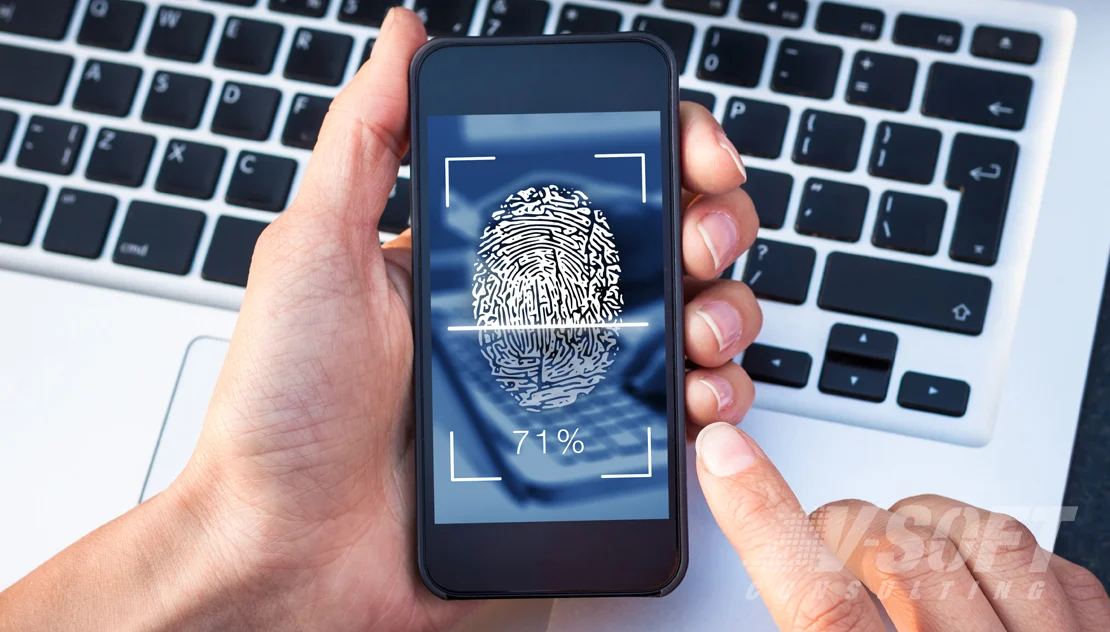Nowadays, it’s really important to have safe and easy ways to prove who you are. Using passwords and PINs used to be the main way to protect your accounts and information, but they’re getting easier for hackers to break. To tackle this problem, we now have something called biometric authentication, which is a strong and dependable solution. Let’s look at what biometric authentication is, how it’s used, why it’s good, what issues it faces, and how it’s changing the way we stay safe online.
Understanding Biometric Authentication Biometric authentication is a technology that checks who you are by using special body features and actions. These unique features known as biometrics, include fingerprints, facial features, iris patterns, voiceprints, and even gait. Biometric systems take these features and study them to make sure you’re really you. The main idea behind biometric authentication is to give us a super secure and easy way to get into digital systems, places, or secret information.

Applications of Biometric Authentication
Mobile Devices: Biometric authentication is common in smartphones and tablets. It lets you unlock your device, install apps, and protect your private stuff with your fingerprint, face, or even your eye.
Access Control: Biometrics are big in keeping places secure. They’re used for doors, secret areas, and super-safe spots. Instead of keys or cards, employees can use their fingerprints or eyes to get in.
Financial Services: Banks and money folks love biometrics. It makes banking on your phone or getting cash from an ATM more secure. You just need your fingerprint or face to prove it’s really you.
Healthcare: In hospitals and clinics, biometrics keep patient info safe and make sure only the right people can access it. They also help keep track of medicine that needs extra care.
Travel and Border Control: At airports and borders, biometrics like facial recognition help move passengers through faster. They also make sure your face matches the one in your passport photo, making things safer.
Advantages and Challenges
Strong Security: Biometric authentication offers a high level of security because it relies on unique physical traits that are hard for others to copy.
Convenience: Biometrics are easy and user-friendly. You don’t need to remember tricky passwords or PINs.
Speed: Biometric authentication is usually quick, reducing waiting times and making things easier for users.
Non-transferable: Your biometric data can’t be easily shared, stolen, or forgotten, unlike passwords or PINs.
Reduces Fraud: Biometrics help cut down on identity theft, fraud, and sneaky access attempts, saving money for businesses and individuals.
Privacy Worries: Gathering and storing biometric data can raise privacy concerns. Misuse or unauthorized access to this data can be a big problem.
Accuracy: While biometrics are usually accurate, they can be affected by things like changes in your looks (for example, if you’re sick), the environment, or the quality of the sensors being used.
Standardization: We need standard rules and laws to make sure biometric systems work well together and stay secure across the board.
Biometric authentication is changing the game in the way we secure our digital and physical lives. While it offers numerous advantages, there are also important challenges that must be addressed to ensure its widespread adoption and continued success in the future of security, offering a balance between strong protection and user convenience.
